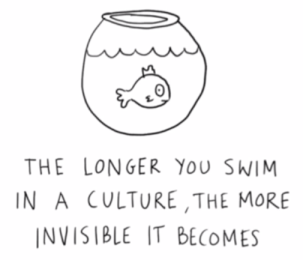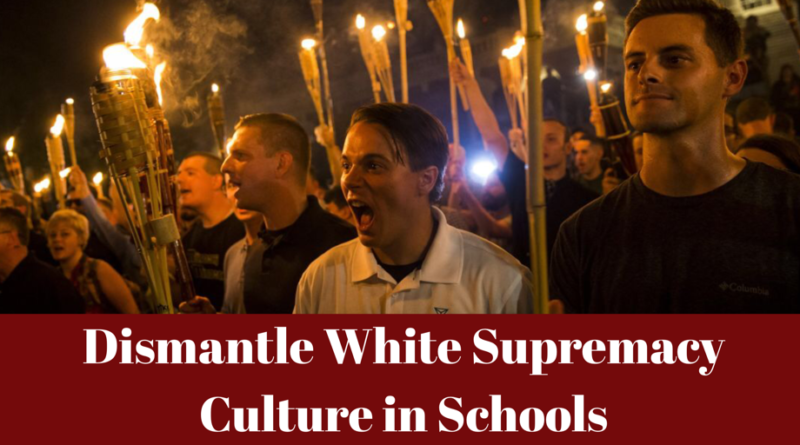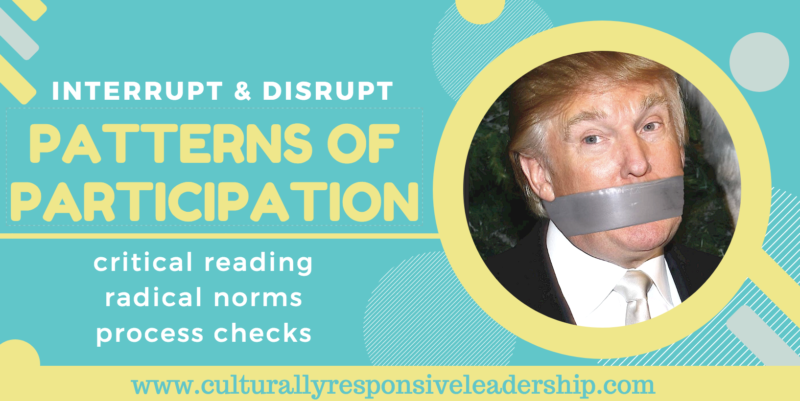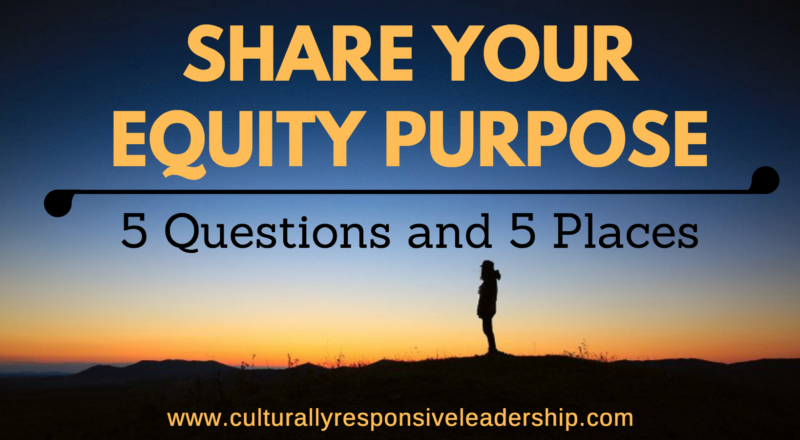White Supremacy Culture is Poisoning your School
It’s everywhere. It’s the water that we swim in, the oxygen that we breathe. The toxicity of white supremacy culture is ubiquitous. It is the unnamed foundation of our system. But that system can be destroyed and rebuilt. You have culturally responsive leadership on your side. The good thing is that if we see it, we can name it, and we can address it!

Read This Article First
(White Supremacy Culture article by Tema Okun)!
If you are already triggered, sorry. You should look into white fragility. Then come back to this article.
We have discussed diversity, culturally relevancy, and even systemic oppression. We have left out an important foundational piece, white supremacy culture (WSC). It seeps around our organizations like overflowing sewage.
It stinks!
It informs our norms, guides our interactions, and ultimately limits our ability to truly close the opportunity gap.
A leader must have a firm understanding of White Supremacy Culture, an action plan for addressing it, and a support system. I believe that this foundational work will facilitate the many initiatives that we know can transform our schools, including PBIS, RP, CRT, PBL, Readers/Writers Workshops, and others.
This requires us to examine our biases and place students of color, especially our African American students at the center of our planning, assessment, and interventions.
Tema Okun names these 15 elements of WSC in her article.
15 Characteristics of White Supremacy Culture
- Perfectionism
- Sense of Urgency
- Defensiveness
- Quantity Over Quality
- Worship of the Written Word
- Only One Right Way
- Paternalism
- Either/Or Thinking
- Power Hoarding
- Fear of Open Conflict
- Individualism
- I’m the Only One
- Progress is Bigger, More
- Objectivity
- Right to Comfort
Where can you find WSC in your schools?
It’s everywhere, like in your meeting norms (see safe norms vs. brave norms). And, it is in your letter grading system as well as your direct instruction pedagogical models. White Supremacy Culture is also in grading at large, in timed essays and drill and kill approaches to learning. I have thought about creating an audit for a school to conduct to assess their toxicity level.
It’s even in who speaks and who doesn’t in staff meetings! Interrupt it.
Why you need to understand White Supremacy Culture
Culturally responsive leaders should display strong personal ethics and integrity and belief system. To more explicit, leaders should have an understanding of racial bias and institutional oppression. Once a leader has an understanding of this, including White Supremacy Culture, s/he can articulate it with confidence, but also offer alternatives to our traditional models of schooling.
Understanding WSC helps a leader to use both change management theory and critical race theory to implement reform. Now, our literacy scaffolds and technology integration has a purpose. When a leader speaks about new initiatives or gives feedback on instructional walkthroughs, s/he must be able to explain how their recommendations advance equity and the liberation of oppressed students.
A deep study of WSC will facilitate this work.
Don’t forget to share your equity stance often!
How to hack towards change
Start by reading this article and sharing it with one other key person at your school. It only takes 2 people to have a conversation, and it will double the effectiveness of your action plan. For instance, I started by making copies for both of my assistant principals. Where will you start?

Prepare for fall out and resistance
You have to crawl before you walk. Folks need a baseline of information, context, and terminology. “Brave norms” will help. If your white staff are familiar with the concept of “white fragility,” it will support everyone sustaining the conversation.
It’s important to know your purpose. Make sure it’s clear that you are developing a strong anti-racist adult culture, to prompt instructional moves necessary to close the opportunity gap.
Reflections
Once a leader begins to discuss racial bias, White Supremacy Culture, and social justice with their staff, there will be more clarity about the vision.
Then, staff will be able to examine their mindsets and motivate each other to meet the needs of students. Ultimately, the work of creating more culturally responsive, restorative, and innovative classrooms rests on understanding why you are making said changes.
Social Justice.
Also, it ensures that the change does not become overly simplified, or disconnected for the purpose.
Imagine if teacher meetings used norms that were informed by countering WSC. What if teachers conducted peer observations looking for remnants of WSC in their colleagues’ classrooms. The sky is only the limit if we knew that we were using Culturally Responsive Teaching, in order to uproot WSC. This is why culturally responsive leadership is so important.
We just might see some change!
Addendum
I was actually kicked on of a Facebook Principal group for posting this article and the conversation that ensued. It’s called the ‘Principal Principles Leadership Group’. Some members got mad, upset, and debated. White folks said that it was in appropriate, other folks joined in on either side. There was one troll who would add comments and then drop out of the group. Ultimately my post was deleted, I was removed from the group. That was the that.
White fragility anyone?
White supremacy maybe?
So my attempt to pull down the moderate veil and show the ugly truth beneath led to my banishment and silence. Score one for the status quo and racism. I couldn’t ask for a better definition of WSC and WF.
On the bright side, people came to my defense and showed solidarity with me. They dropped out of the this group and we started another.
Radical Principals.
If the shoe fits.
It was affirming, because people came out of the wood work to join. I mean they were always there, it just wasn’t comfortable to be fully political or radical. There we were able to create a brave space to move our practices and share tips. Also just encourage our work in the belly of the beast.
Since they we have slowly grew our group and created formal and informal norms.
Even though it is nice to have a space that I feel comfortable and pushed in, it’s sad that this comes through being ostracized. Also, it’s sad that this allows moderate and conservative educators to stay in their comfort zone, because students lose.
As, I’m writing this, I will move this to another post and expand, but for now it will serve as an add on.



